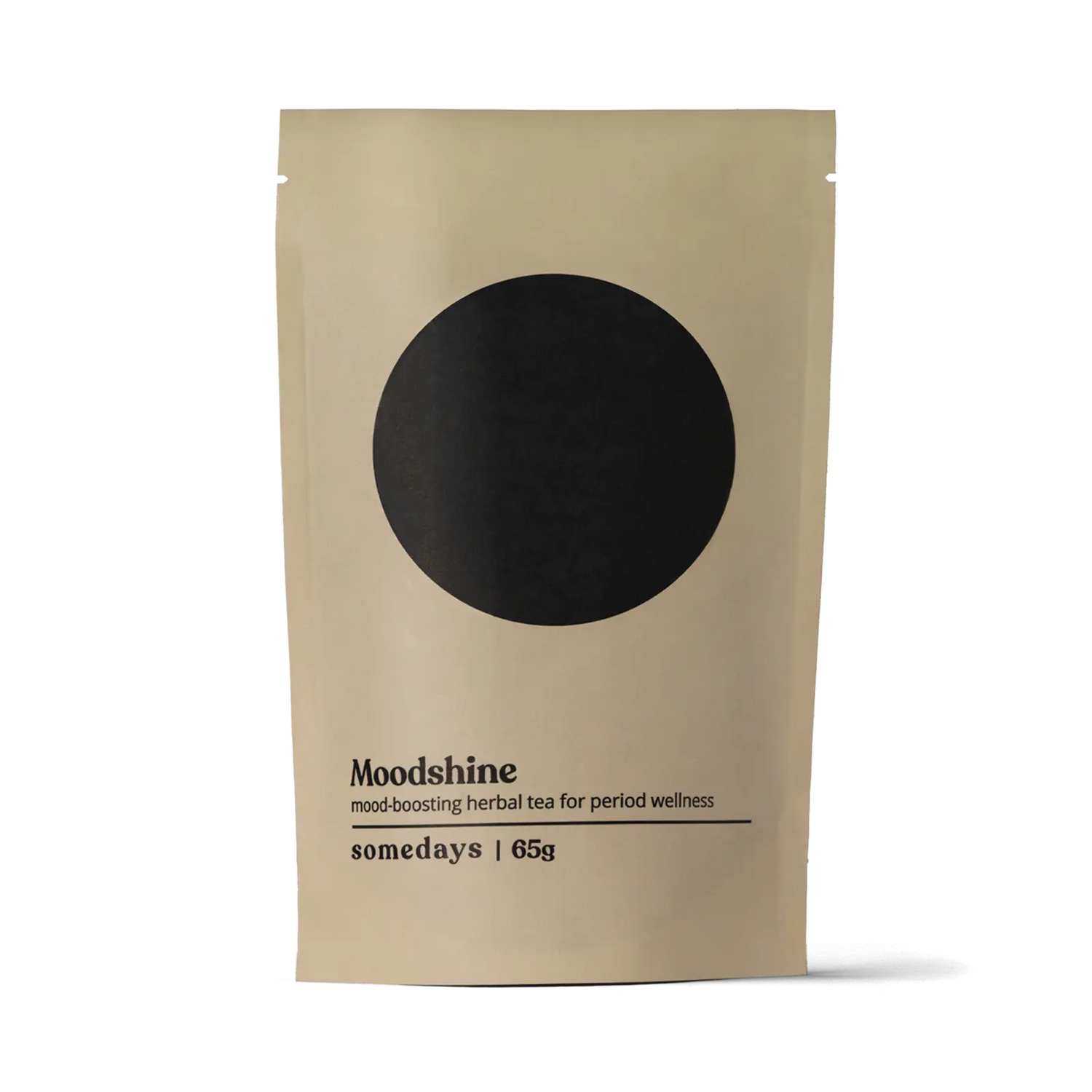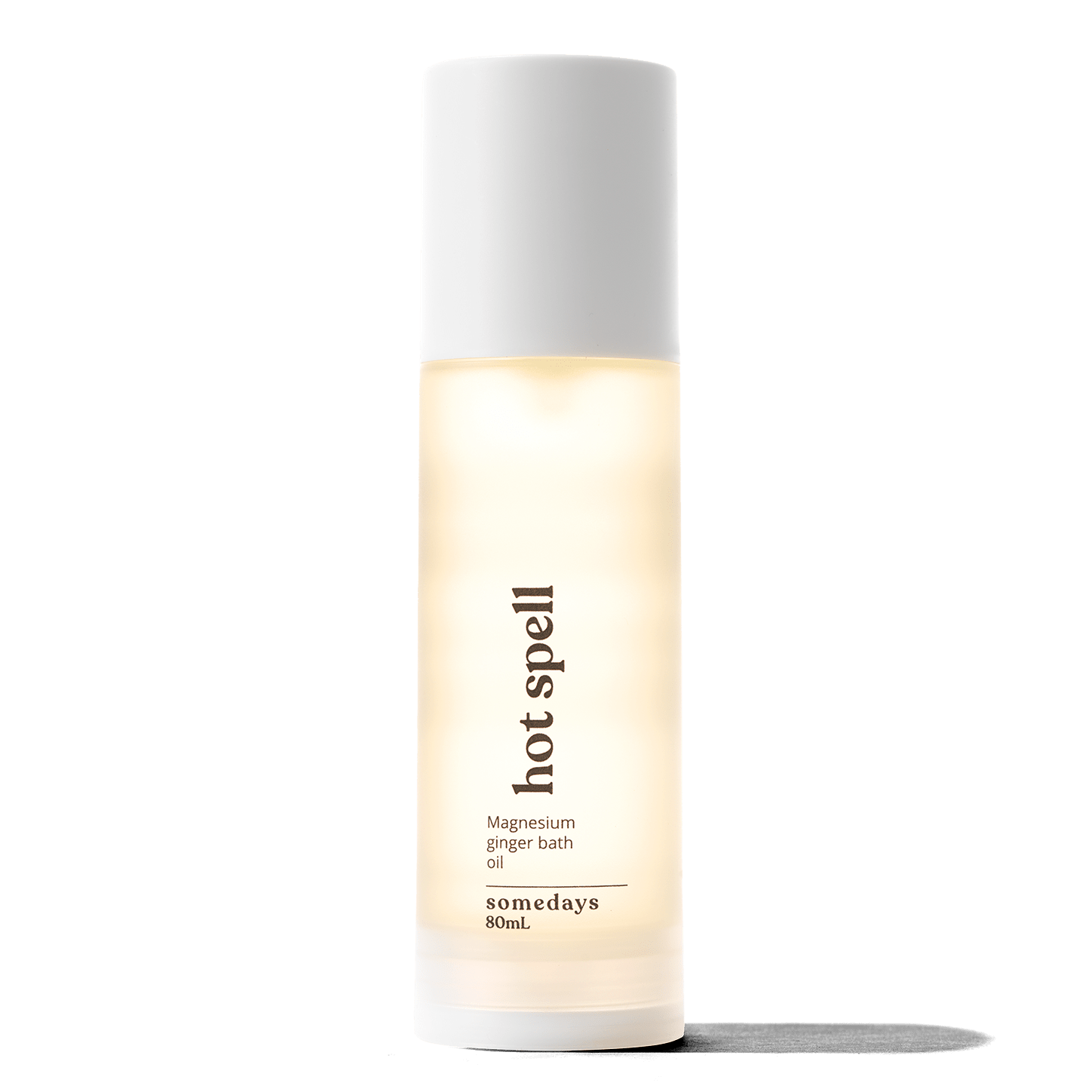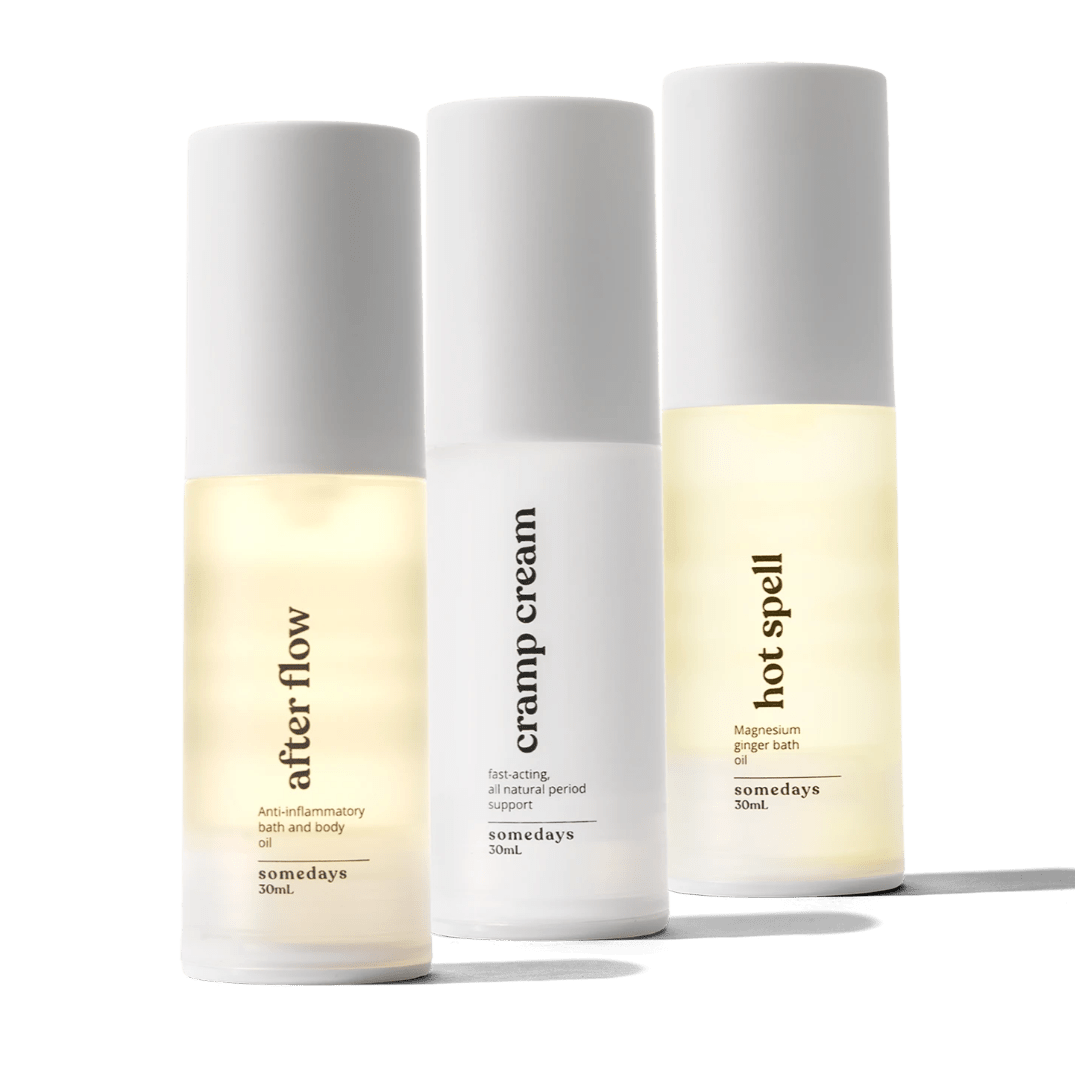My Journey With Endometriosis As A Black Woman

It has taken me weeks to start writing this piece. To sit down and write openly about my experiences in the healthcare system as a Black woman with chronic pelvic pain is to pick at wounds that have yet to heal.
Uncomfortable, to say the least, with an underlying aura of danger. For most of my life my endometriosis was my most well kept and my most shameful secret. Something that plagued me with feelings of brokenness, isolation, and hopelessness.
To be vulnerable and to speak openly about it is to represent steps for me in the direction of deep healing that my past self could never have imagined.
But yet, here we are.
Here I am.
And this is my story.
Memories of my late teens are filled with memories of pain. More days than I could count I would wake up and my pelvis area felt like it was being punched. The pain always increased around my period but it wasn’t reserved just for those days. It in fact persisted for the duration of the month.
I feared leaving the house without pain medication or a hot water bottle and struggled to keep up with school, work, and my social life. The physical strain that my body was under, took a serious toll on my mental and emotional health. I found myself retreating into myself because I felt alone. Not knowing how to help myself or make myself feel better left me confused, frustrated, and demoralized.
At times in which I did reach out to people in my life for support, no one seemed to truly understand or be able to help me navigate what I was going through. I often felt like my pain was being undermined because people often told me that I was being dramatic and that what was happening to me was normal.
One day, while I was in the middle of working as a writer for an online publication, my pain increased so suddenly and so severely that I collapsed unconscious on my bathroom floor.
I awoke hours later to multiple missed worried calls and texts from my boss because I had not even had the strength to text her to let her know what was happening to me. After this experience, people finally started to take me seriously and countless doctors visits later I was finally diagnosed at the age of 20.
Although my symptoms worsened over time between the first time I went to see a doctor for my pain to when I was finally diagnosed, they did not necessarily change.
Each time I would explain what was happening to me I would be told “this is just how it is”. It’s not uncommon for people to struggle to get an accurate diagnosis for their endometriosis. Although endometriosis impacts approximately 1 in 10 (or 176 million women) around the world during their reproductive years research shows that it takes women on average 8 years to be properly diagnosed with endometriosis.
Furthermore, Black women are 50% less likely to get an endometriosis diagnosis due to medical racism and eurocentric symptomatology. A 2016 study via PNAS (Proceedings of the National Academy of Sciences of the United States of America) found that 40% of white medical trainees held racist biases when it came to Black patients based on their being biological differences.
The summary of these differences boiling down to three folds: Black people’s nerve endings are less sensitive than their white counterparts, Black people’s skin is thicker than their white counterparts, and Black people have a stronger immune system than their white counterparts.
These beliefs likely explain why Black women struggle to get diagnosed with endometriosis. I didn't know any of these statistics while I was searching for a diagnosis but a part of me felt worried that the reason people wouldn’t believe me when I told them I was in pain was because of the colour of my skin.
I had the symptoms, I was constantly having to visit the hospital and doctors office, and many of my immediate Black family members had endometriosis pelvic pain related issues which made me high risk from the offset. In theory my diagnosis should have been easy. But for some reason, it wasn’t and ultimately took me years.
I thought that getting a firm diagnosis meant I would finally be properly informed about my health options and my journey towards less pain and a better quality of life could begin. While it did help me feel validated and supported, I was immediately unsatisfied with my treatment options.
I was told I could either go on birth control, get a laparoscopic surgery that offered temporary relief, or potentially get a hysterectomy. In the meantime, I was offered prescriptions to Naproxen and Tylenol 3’s. To me these treatment options felt very reactive and lacked sustainability.
I asked what would happen when I stopped taking these treatments and was told my symptoms would just return. So I thought maybe there would have to be another way.
I asked about natural treatment options such as diet and exercise and I was told that it would not make a difference. While this felt like a step back, I decided in that moment that I didn't have to let this be my reality and I had the power to make a change and take control of my health if I wanted.
I started doing research online about the various ways to naturally manage and treat endometriosis symptoms and discovered an entire community who like myself felt unsatisfied by the western medical options that were being presented to them.
After years of trial and error and leaning on the communities I had built for myself I discovered ways that I could dramatically reduce my pain and live an easier life.
These changes varied from working remotely (since before COVID 19) so I can still get some work done while laying in bed with my heating pad (a.k.a my best friend) to getting higher quality and longer sleep.
I follow a strict anti-inflammatory diet and cut out many harmful foods such as dairy, meat, and gluten and make sure that each week my diet is full of vegetables, fruits, fish, grains, and beans, and other organic, whole, plant-based foods.
I subsidize my diet with supplements and herbs such as Red Raspberry Leaf, St Johns Bush, Magnesium, and Omega 3’s. I make sure to get exercise as much as I can and always to make sure that it’s low intensity so I avoid having too hard of an impact on my body and use many of the beautiful products available at Luteal to love and care for myself on the daily.
My endometriosis drastically impacts many aspects of my day-to-day life, including my ability to work, the foods I’m able to eat, the products I’m able to use, and what kind of exercise I’m able to do.
While in the past it has been one of the worst things about my life over time it has turned out to be one of the most incredible. Learning to manage my endometriosis taught how to listen and care for my body every day and learn to love and appreciate my body for doing the best it can.
Taking care of myself because of my endometriosis elevates and approves every aspect of my life from my relationships to my spiritual energy.
It also brought a community of people with pelvic pain related issues into my life, such as the Somedays team/brand, that I couldn’t imagine existing without. While I am still very much on my journey I hope that my story inspires others along their journey and brings awareness to pelvic health related issues and their intersections with gender and race.
Previous Article All Articles Next Article
All Articles


